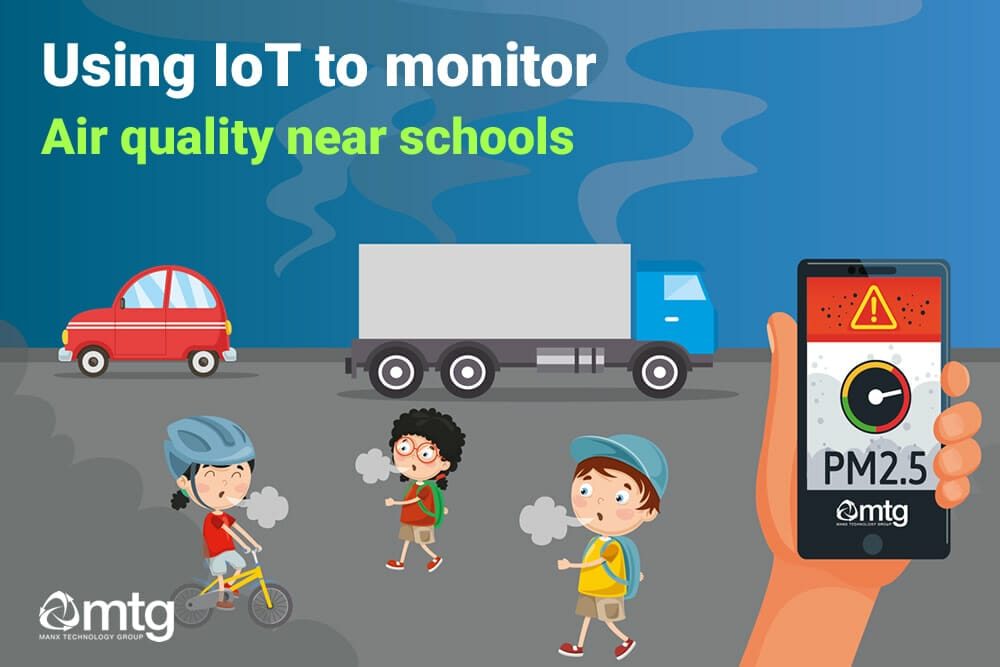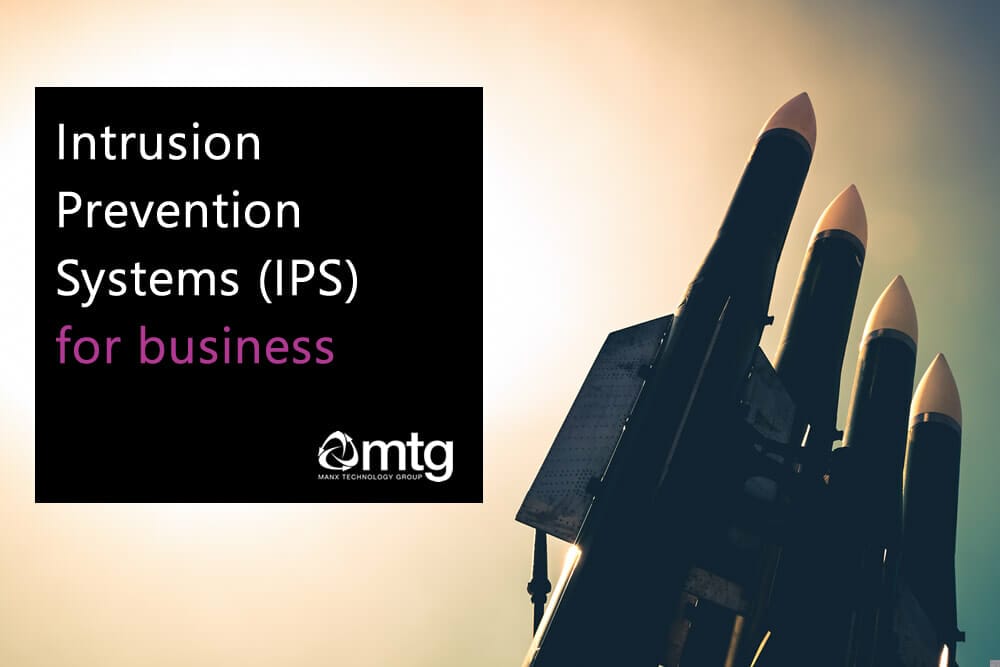A recent report from campaign group Mums for Lungs and environmental charity Possible has highlighted the impact of air pollution on children. Pollution intensifies around schools at drop-off times, with NO2 levels up to 5x higher than usual. IoT sensors can help education leaders, schools and councils measure air quality, particulates and NO2 levels. The data from these sensors can then be used to educate, inform and accelerate positive change.
High levels of air pollutions in cities, towns and villages throughout the UK can devastate children and young people’s health. NO2 and particulates, in particular, it can be severely detrimental to a child’s health (more so than in adults). Research has shown because children breath faster, have narrow airways and are physically active – they are more impacted by poor air quality.
It is estimated that living near busy roads could be responsible for 15-30% of all new cases of Asthma in children
Aphekom – Improving Knowledge and Communication for Decision Making on Air Pollution and Health in Europe.
The report entitled School Streets, Reducing children’s exposure to toxic air pollution and road danger draws on an extensive body of evidence that highlights the risks posed by poor air quality and pollution. The full report is available here:
Jemima Hartshorn, founder of Mums for Lungs, said:
Breathing clean air on the school run, and indeed all day, must be paramount.
To protect our children as well as future generations, we need to see an immediate mass roll-out of School Streets along with other measures that can clean up our air across the country. We are standing together to beat Covid19 – let’s stand together to beat this public health crisis of air pollution too.
Air quality under the spotlight
MTG has widely discussed the importance of air quality and the health implications of air pollution:
- Location, location… air pollution
- Mobile air quality monitoring with IoT
- Health Risks – Poor air quality and particulates
- IoT particulate sensor accuracy – How accurate are they?
School Streets
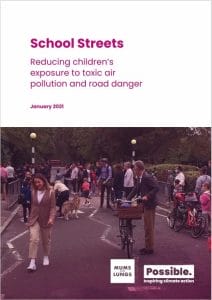
School Streets is a scheme where traffic is restricted on roads outside schools during pick-up and drop-off times. These term-time restrictions make it easier and safer for children to walk, scoot and cycle to school. Restrictions in areas around the school reduce children’s exposure to air pollution on their journey and prevent cars with idling engineers outside the school grounds.
The UK Department for Transport has funding available for Active Travel Schemes, and associated guidance encourage authorities to adopt the School Streets scheme.
ClientEarth has previously won three cases against the UK Government over the country’s illegal and harmful levels of air pollution. As a result, the government has directed over 60 English councils to identify local solutions to reduce pollution to within the legal limit in the shortest possible time.
New data shows 75% of UK ‘zones’ illegally polluted – don’t pause action now, say lawyers | ClientEarth
During term-times, make it safer and easier for children to walk, scoot and cycle to school. This reduces children’s exposure to air pollution on their journey to school and from cars with idling engines outside the school gates. Government funding and 17 associated guidance which specifically encourages School 18 Streets, make it possible for more children across England to benefit from this initiative.
School Street’s report’s authors believe School Streets is a practical and achievable first measure that can reduce children’s exposure to toxic air pollution, alongside several other benefits.
The importance of monitoring air quality
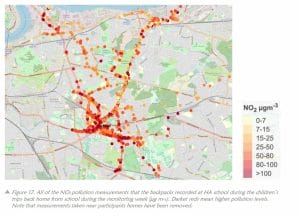
An image from the Breathe project which seen schoolchildren carry mobile NO2 sensors on their walk to school. Link
If you can’t measure it, you can’t improve it
Measuring air quality can inform and influence policy, engender support and measure the effectiveness schemes such as School Streets.
Internet of Things (IoT) technology can easily be deployed and is an inexpensive way to monitor key environmental metrics such as NO2, Particulates and other parameters associated with AQI.
- For councils or school leaders wishing to measure the existing environment around their school grounds, IoT can be deployed without the need for expensive installation or reference grade solutions. The data from these air quality sensors can then be made available to parents, students and educational leaders to stimulate change.
- Where School Streets or similar initiatives will be implemented, IoT can serve as an invaluable tool to measure conditions before and after the schemes have been implemented. With a body of evidence supporting School Streets’ role, the resultant data from the IoT sensors can contribute towards the research and build further support for a wider rollout.
- Data is the driving force behind a concept that MTG defines as the Digital Mirror. Policymakers can leverage data to justify and accelerate initiatives that positively affect our children’s health, offsetting potential discontent with undeniable evidence.
University College of Man – Air Quality Trials
MTG installed an outdoor air quality sensor monitoring particulates (PM1, PM2.5, PM10), NO2 and over gases at the University College of Man in the Isle of Man. This technology trial will assess air quality levels at the college and the resultant data can be used by students as part of their ICT studies. You can read more about the project here.
IoT Air Quality monitoring solutions for schools
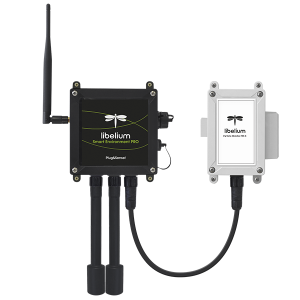
MTG provide IoT solutions for both indoor and outdoor air quality monitoring.
- Outdoor solutions can run on battery and solar, allowing schools and councils to monitor particulates, NO2, NO, CO2, CO2 and O3 gases. These sensors do not require a mains supply and communicate back to the cloud wirelessly.
- Indoor solutions can monitor CO2 and TVOC (volatile organic compounds) – helping to determine if there is adequate ventilation and if the indoor environment is conducive to learning positive health.
- Dashboards can be embedded on school websites, and available to school leaders, policymakers, parents and students alike. Being open with data and promoting the Digital Mirror can educate and stimulate positive change.
- Age-appropriate learning can empower and educate children and parents on the importance of air quality, exercise and the school streets scheme. MTG can work with educators to help develop this material in both digital and print form. MTG staff will also work with schools to demonstrate the technology, helping to encourage STEM education and bring learning to life.
School Streets is a very important environmental initiative and IoT plays a part in measuring the current situation, building support, and measuring the positive impact of such schemes on our children’s health. IoT technology can measure air quality near schools – serving as the catalyst for change.
To learn more, e-mail sales@mtg.im, call +44 1624 777837 or select ‘Request a Quote‘
References
- School Streets Report – Mums for Lungs
- New data shows 75% of UK ‘zones’ illegally polluted – don’t pause action now, say lawyers
- Active travel fund: local transport authority allocations – GOV.UK (www.gov.uk)
- Half of all UK schools could readily roll out School Streets, report says – Air Quality News
- The Breathe London Wearables Study Engaging primary school children to monitor air pollution in London (PDF)
[sc name=”blogfooter” ]

